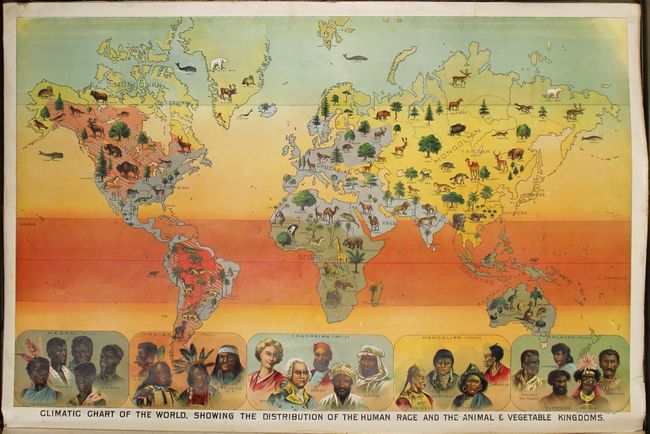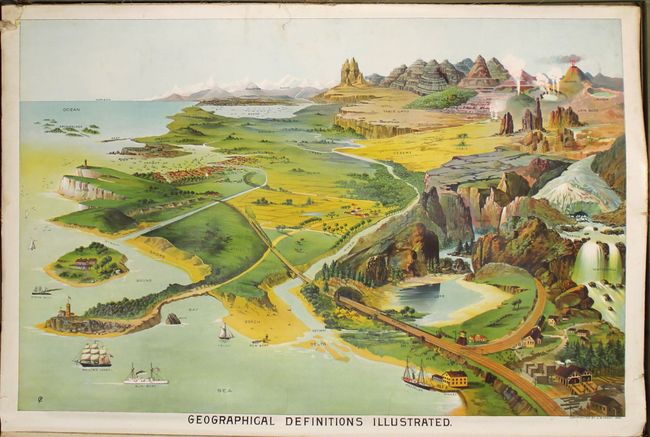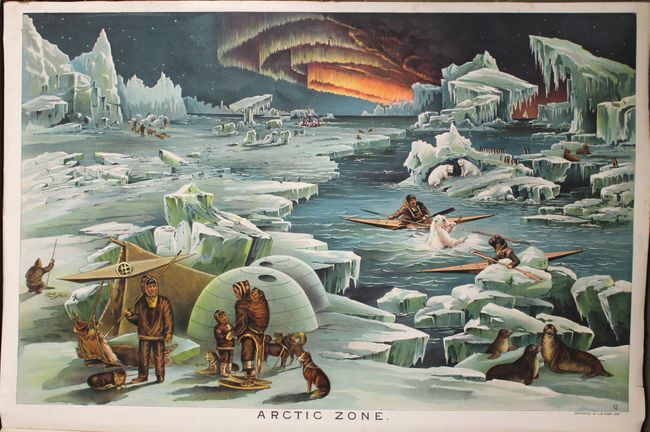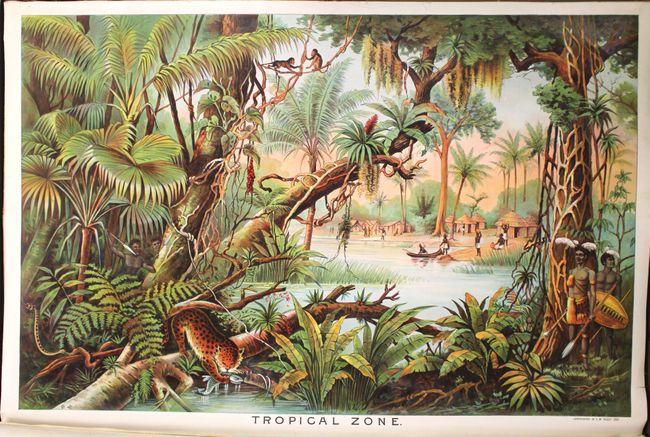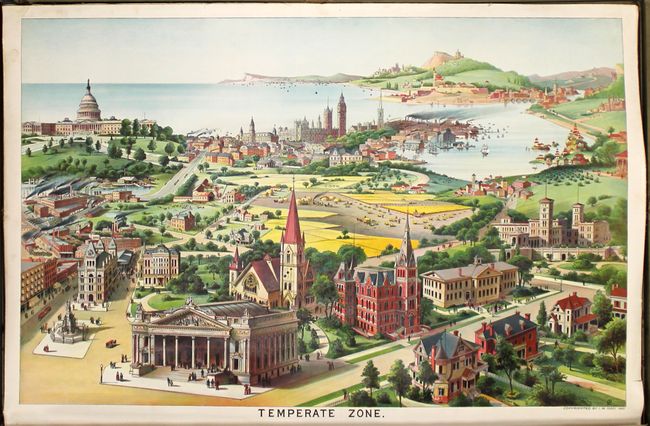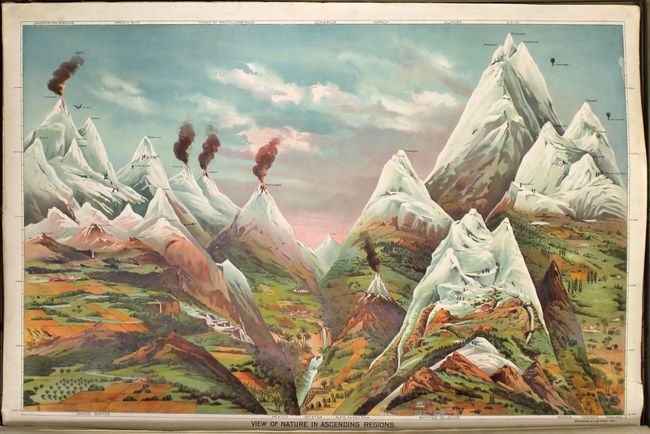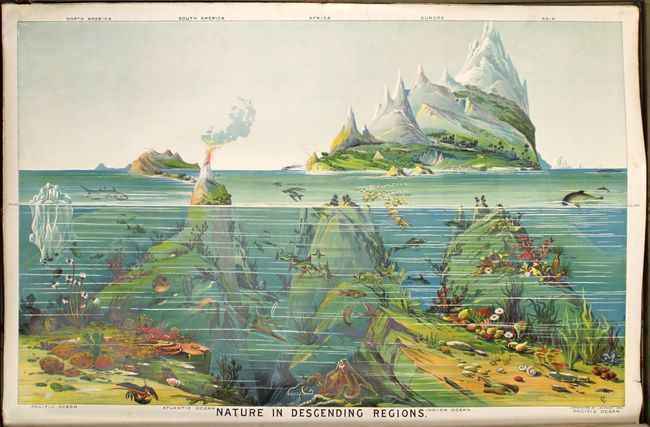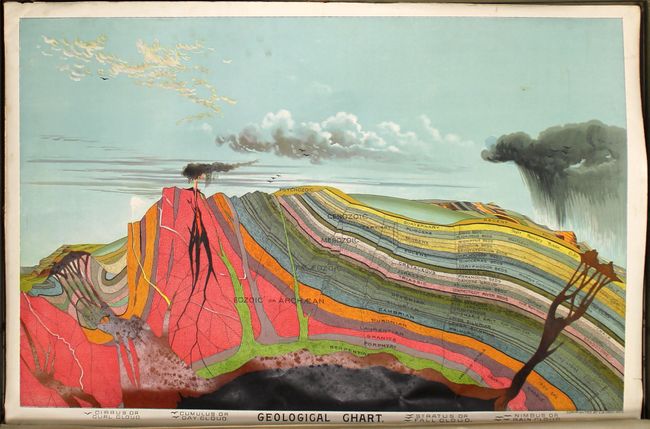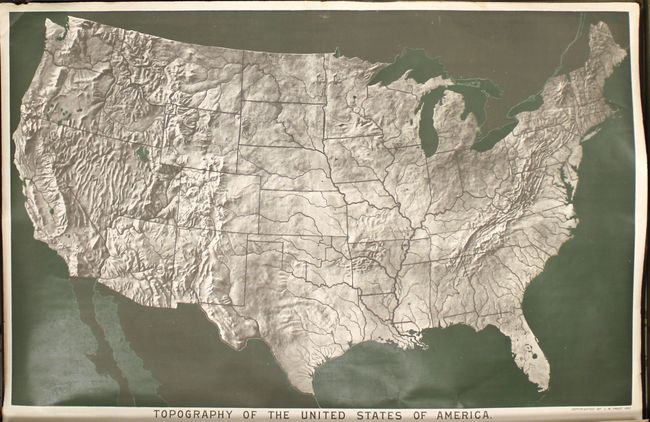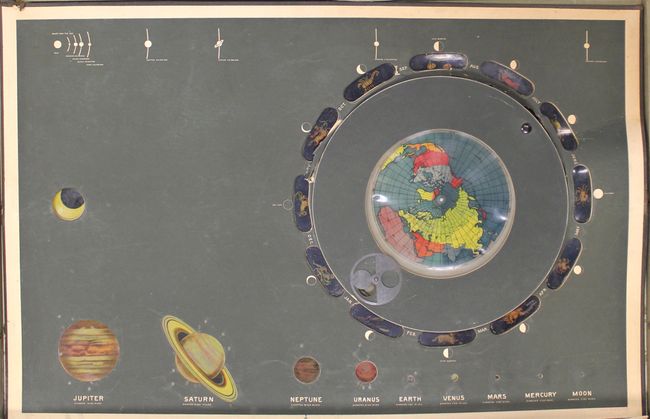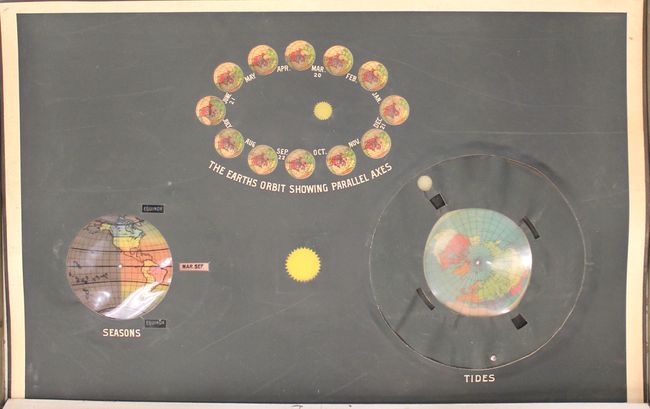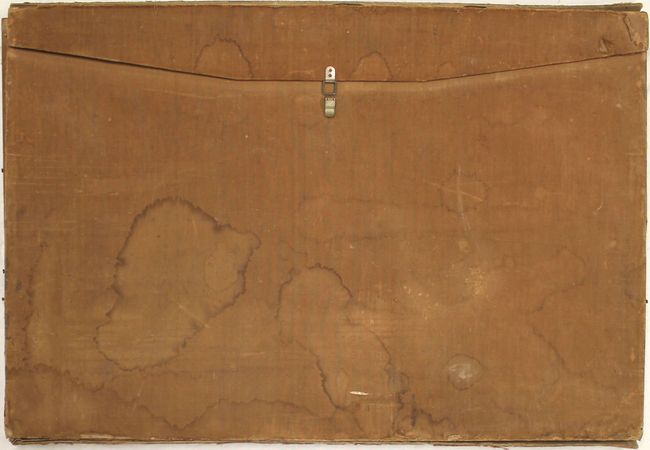Catalog Archive


Auction 152, Lot 56
A Rare Piece of Americana in Stunning Multi-Color Lithography
"Yaggy's Geographical Portfolio", Yaggy, Levi W.
Subject: Cartographic Miscellany
Period: 1893 (published)
Publication: Yaggy's Geographical Portfolio
Color: Printed Color
Size:
39.6 x 26.5 inches
100.6 x 67.3 cm
Download High Resolution Image
(or just click on image to launch the Zoom viewer)
(or just click on image to launch the Zoom viewer)
